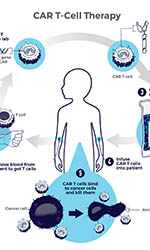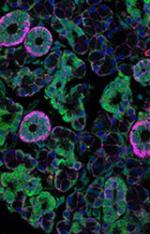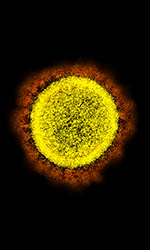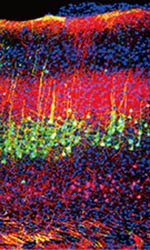
Health Effects of Environmental Disasters
GuLF Study Assesses Exposure After Oil Spills
On April 20, 2010, the Deepwater Horizon offshore oil rig exploded, burned, and sank in the Gulf of Mexico, about 40 miles off the coast of Louisiana. Eleven of the 126 workers on board were killed in what is still considered one of world’s worst environmental disasters and the largest marine oil spill in United States history. The underwater well, almost a mile below the surface, spewed more than 200 million gallons of oil for the next 87 days before it was capped and sealed. Over the next year and a half, the many thousands of people who helped with the cleanup were exposed to toxicants related to crude oil, burning oil, dispersants, and other pollutants. Researchers at the National Institute of Environmental Health Sciences (NIEHS) have been assessing the health effects of the oil spill ever since.
This page was last updated on Monday, September 19, 2022












